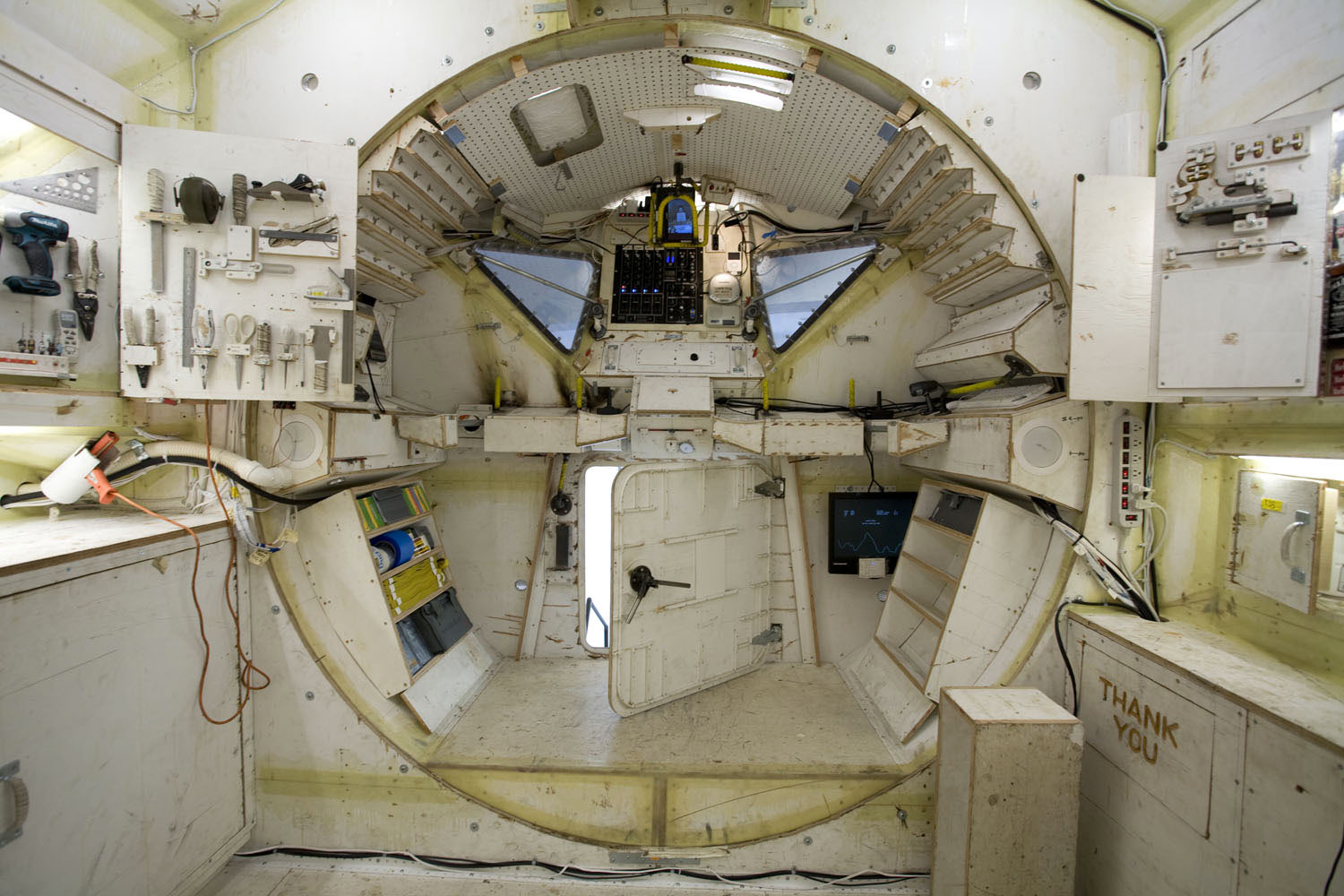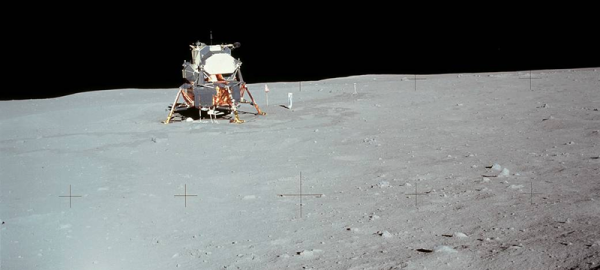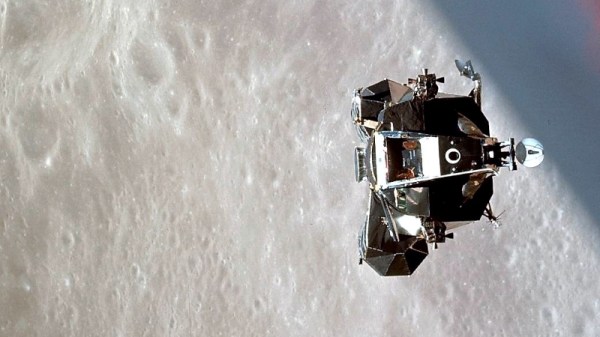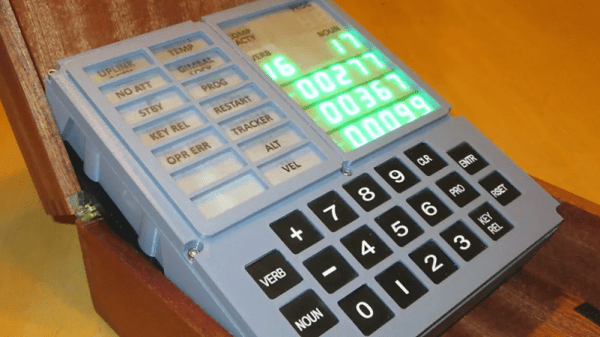
Born in the mid 60’s, [Tom Sachs] has always been fascinated with space, especially the Apollo program. Just like every kid of his generation, [Tom] imagined himself in Neil Armstrong’s and Buzz Aldrin’s boots, gazing over the lunar surface. He never gave up that dream, and years later as a successful modern artist, he built his own space program.
[Tom Sachs] is a master of bricolage . Taken from the French word for tinkering, Wikipedia defines bricolage as “… the construction or creation of a work from a diverse range of things that happen to be available, or a work created by such a process.” The term could also describe the junkbox procurement methods we use on many of our own projects.
 Both [Tom’s] 2007 lunar program and his 2012 Mars program featured his astonishing lunar lander. Built from plywood, found items, and junk, the lander literally made us do a double take the first time we saw it. The attention to detail is incredible. At first glance one could mistake this for a simulator built by NASA themselves. After a few seconds the custom touches start to jump out, such as a “Thank You” garbage door from a fast food restaurant, or a bar stocked with tequila and vodka. The lander’s tools are not just for show either, as the gallery opens with a simulated space mission, which could best be described as a mix of art, improv, and an epic game of make-believe for adults.
Both [Tom’s] 2007 lunar program and his 2012 Mars program featured his astonishing lunar lander. Built from plywood, found items, and junk, the lander literally made us do a double take the first time we saw it. The attention to detail is incredible. At first glance one could mistake this for a simulator built by NASA themselves. After a few seconds the custom touches start to jump out, such as a “Thank You” garbage door from a fast food restaurant, or a bar stocked with tequila and vodka. The lander’s tools are not just for show either, as the gallery opens with a simulated space mission, which could best be described as a mix of art, improv, and an epic game of make-believe for adults.
[Tom’s] installations also include mission control, which in his Mars piece consisted of a dizzying array of screens, controls and an 80’s boombox. Dressed in the white shirt, thin tie, and horn rimmed glasses we’ve come to associate with NASA engineers of the 60’s, this is where [Tom] works. He truly is the engineer of this mission.
Editor’s Note [Tom] and the entire hacker community at large have a chance to go to space by entering The Hackaday Prize!
Continue reading “[Tom Sachs] Builds His Own Space Program” →







 Both [Tom’s]
Both [Tom’s] 









